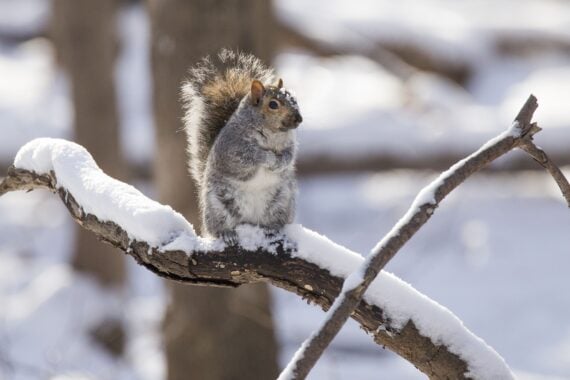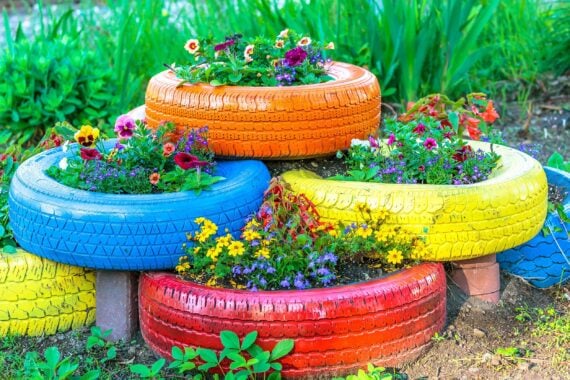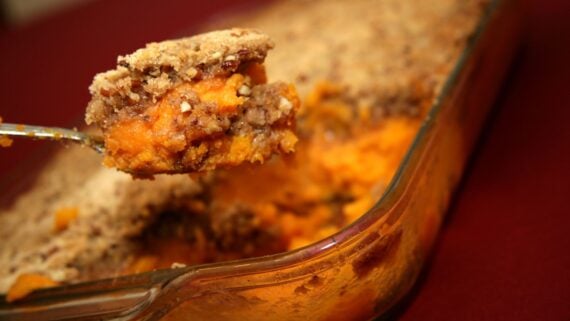How did folks predict the weather before we had meteorologists? They relied on the indicators they found in nature.
From caterpillars to the color of the sunset, these folklore tidbits purport to predict everything from the weather tomorrow to how harsh the coming winter will be.
Related: ‘Facts’ Boomers Learned in School That Are Dead WrongThe Moon’s Appearance
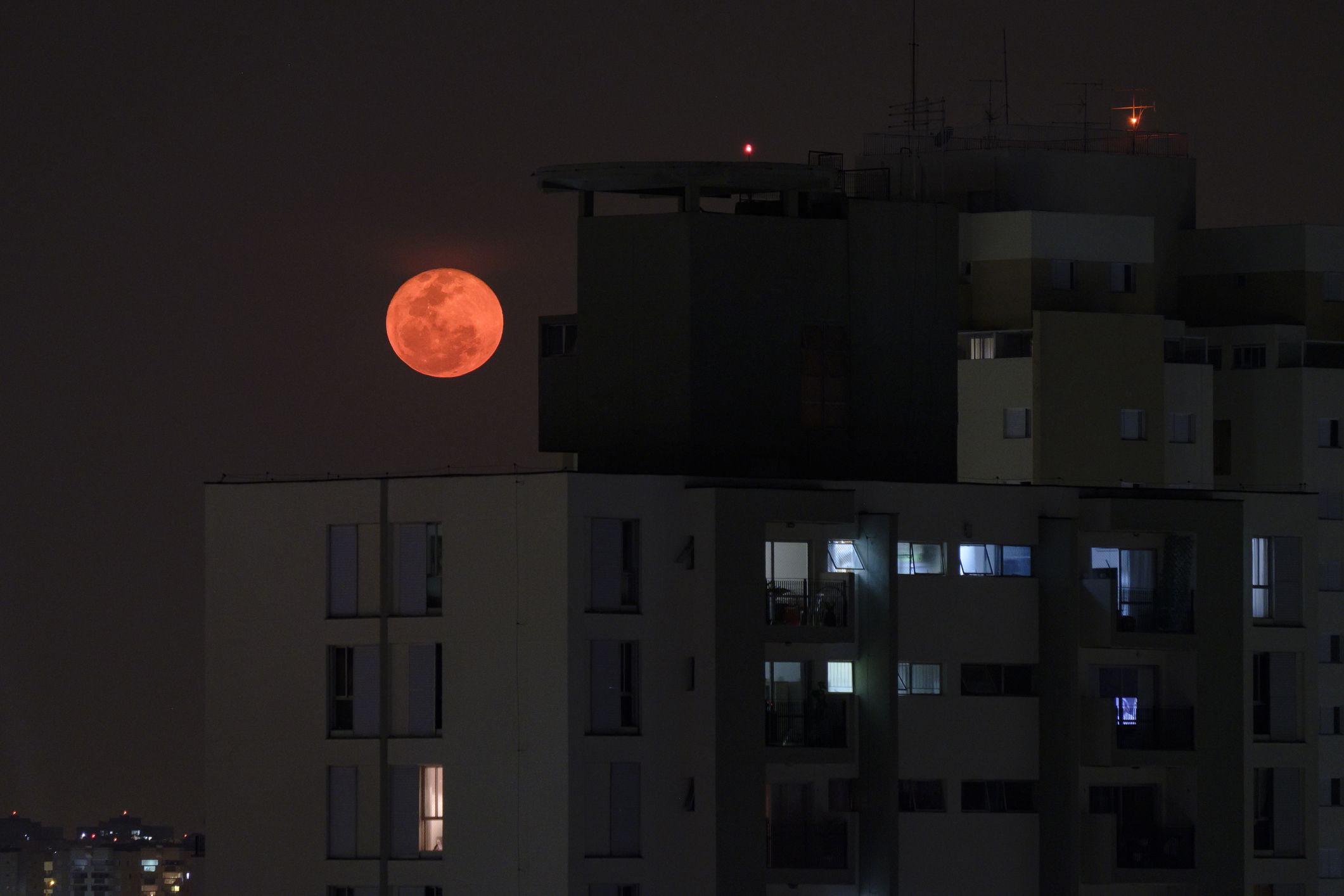
You may have heard the phrase, “Pale moon rains; red moon blows. White moon neither rains nor snows.” It refers to the fact that when the night air is clear, indicating no rain is to come, the moon looks white. Wind storms can stir up dust that makes the moon look reddish. If there’s more dust in the air, it can increase the chance of moisture being able to form raindrops.
Related: Things They Don’t Teach in School Anymore — and What Kids Are Learning InsteadWhen Dew Is on the Grass, Rain Will Never Come to Pass

This well-known saying is generally accurate. Dew forms when the ground cools enough to drop below the dew point. But if it’s cloudy during the night, the ground doesn’t cool as much, so dew doesn’t form. The presence of those clouds often leads to rain. Rain is less likely when there’s dew, because there weren’t enough clouds in the sky to prevent dew’s formation.
Wooly Bear Caterpillars
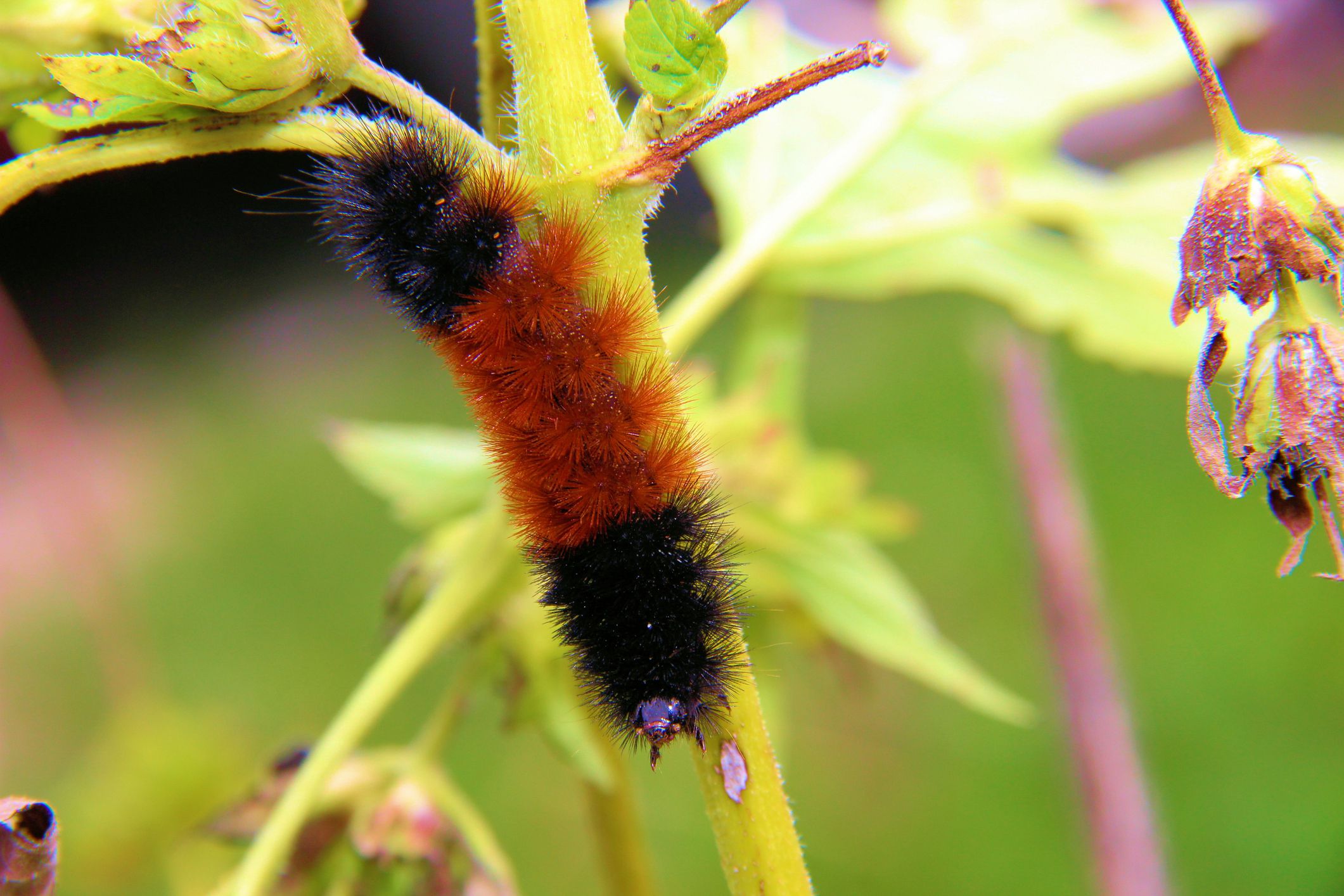
According to folklore, the wooly bear (aka wooly worm) caterpillar’s coloring can indicate how severe the winter will be. If the caterpillar’s black bands are longer, that can indicate that the winter will be more severe, longer, and colder. If those black bands are shorter and the middle brown band is longer, winter will be milder and less severe.
For more fun nostalgia, please sign up for our free newsletters.
Persimmon Seeds
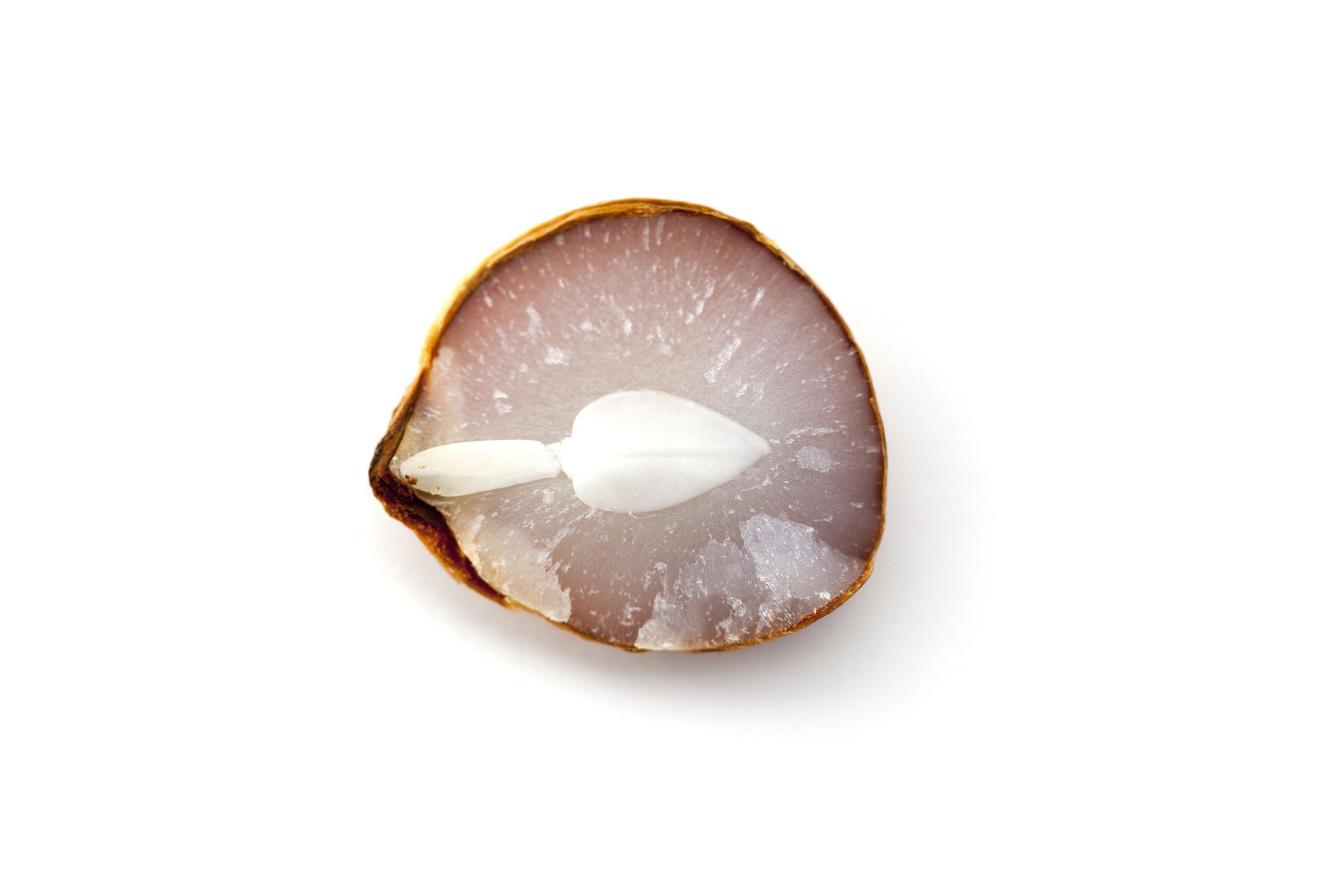
Persimmon seeds are believed to predict the winter weather. If you cut a seed open, the shape of the white marking inside will resemble a fork, knife, or spoon. The knife indicates a cold winter, while the fork predicts a normal winter. The spoon has varying meanings, and might indicate lots of snowfall or a mild winter.
Walnuts Might Predict Snowfall
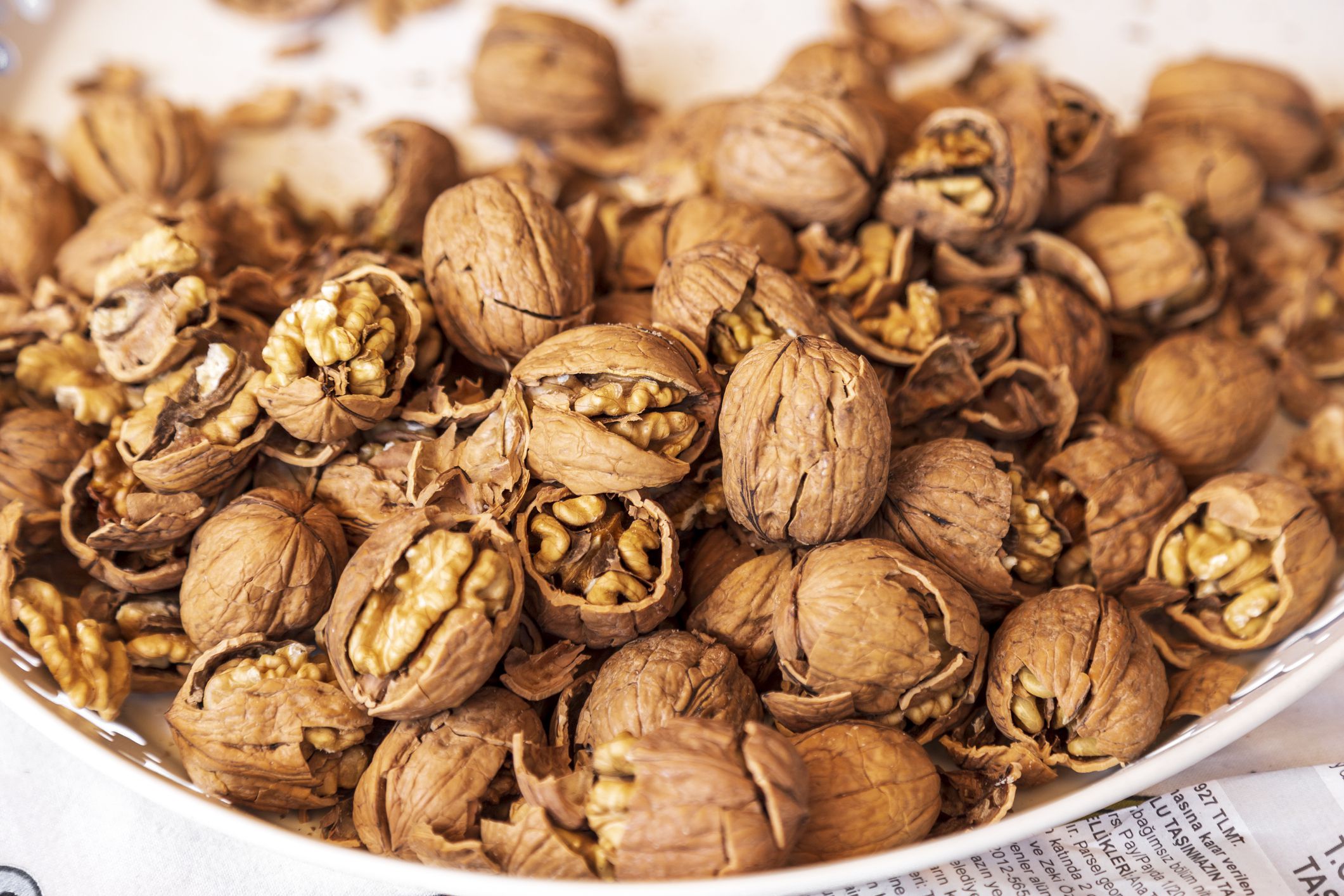
According to folklore, if walnuts grow thicker shells and there’s a plentiful crop of nuts, the winter will be cold and snowy. Check for thickness in the shell around the top of the walnut; a thicker shell means more snow and cold.
Trending on Cheapism
A Halo Around the Sun or Moon Means Rain or Snow Is Coming Soon
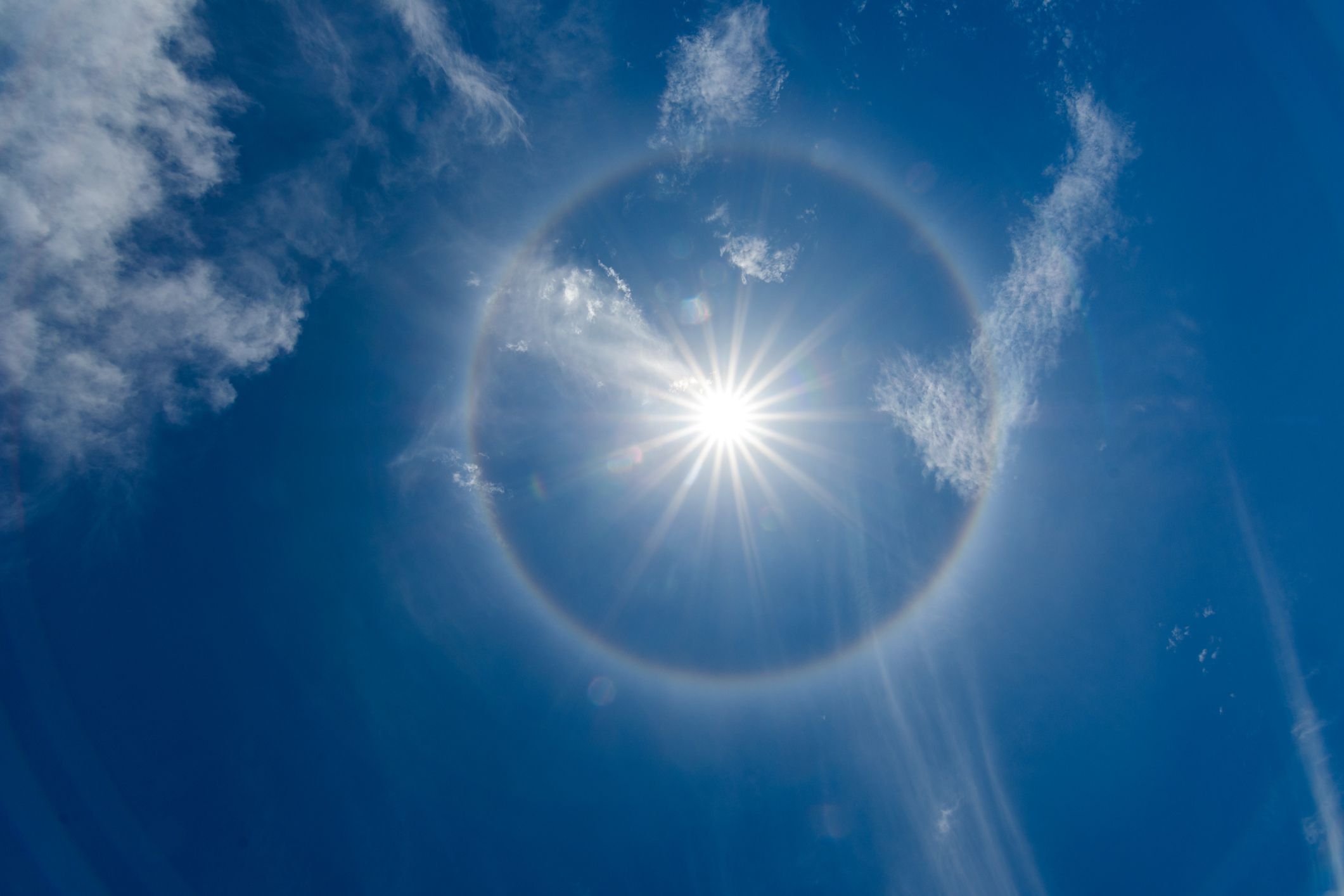
This phrase refers to the halos that seem to form in the sky at certain times. Those halos are the result of light bouncing off of ice crystals in the clouds. Those halos can form when increased moisture gathers in the atmosphere, and that increased moisture often leads to storms.
Related: 20 True Things We Actually Learned From Movies and TVHedge Apples Indicate the Winter’s Severity
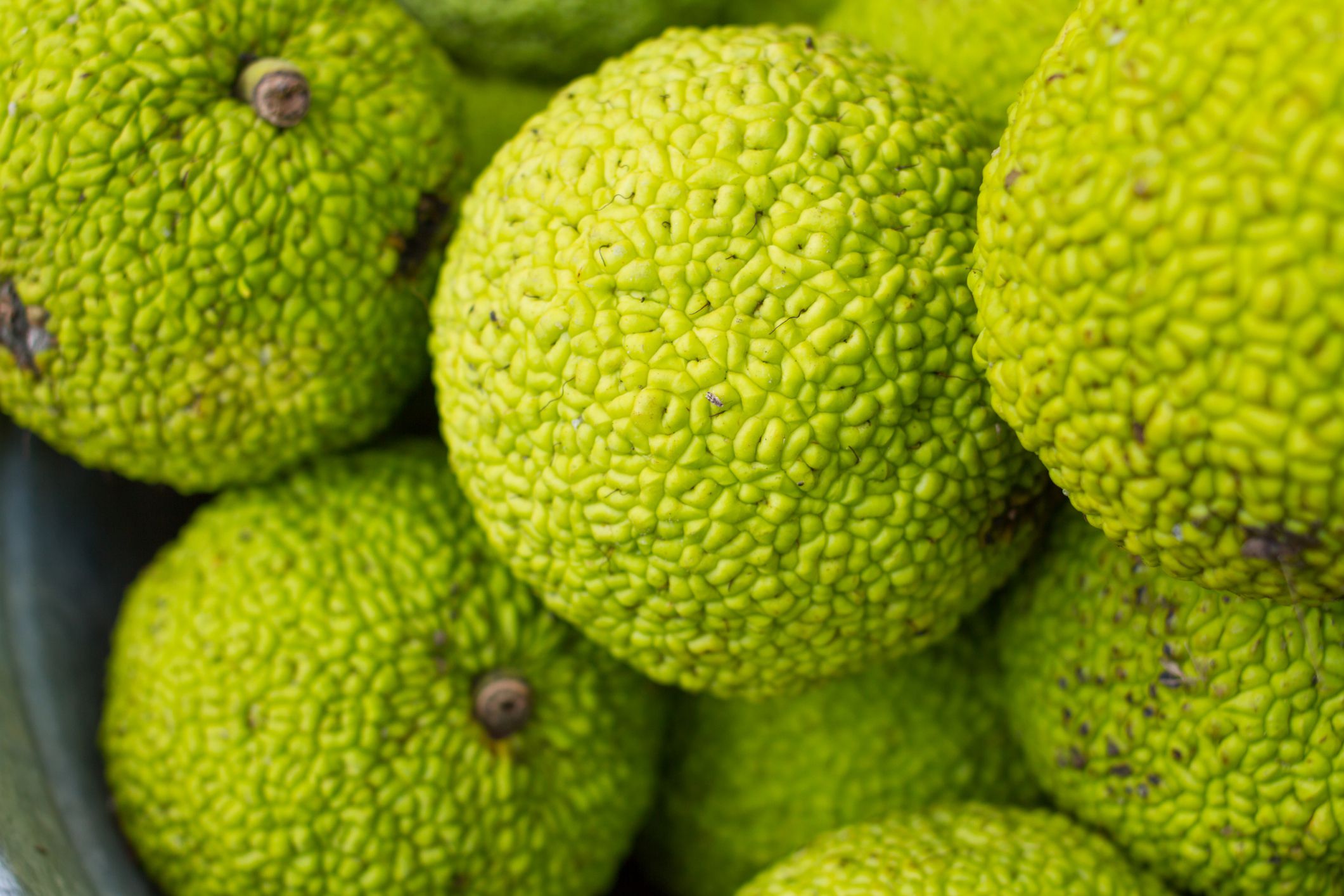
The Osage-orange tree hedge apples may carry messages about the coming winter. If a tree produces lots of fruit, it means that the coming winter will be a harsh one. If the fruit is smaller, it can indicate mild weather, but larger fruit indicates a cold winter.
Dogwood Tree Blossoms May Predict Snow
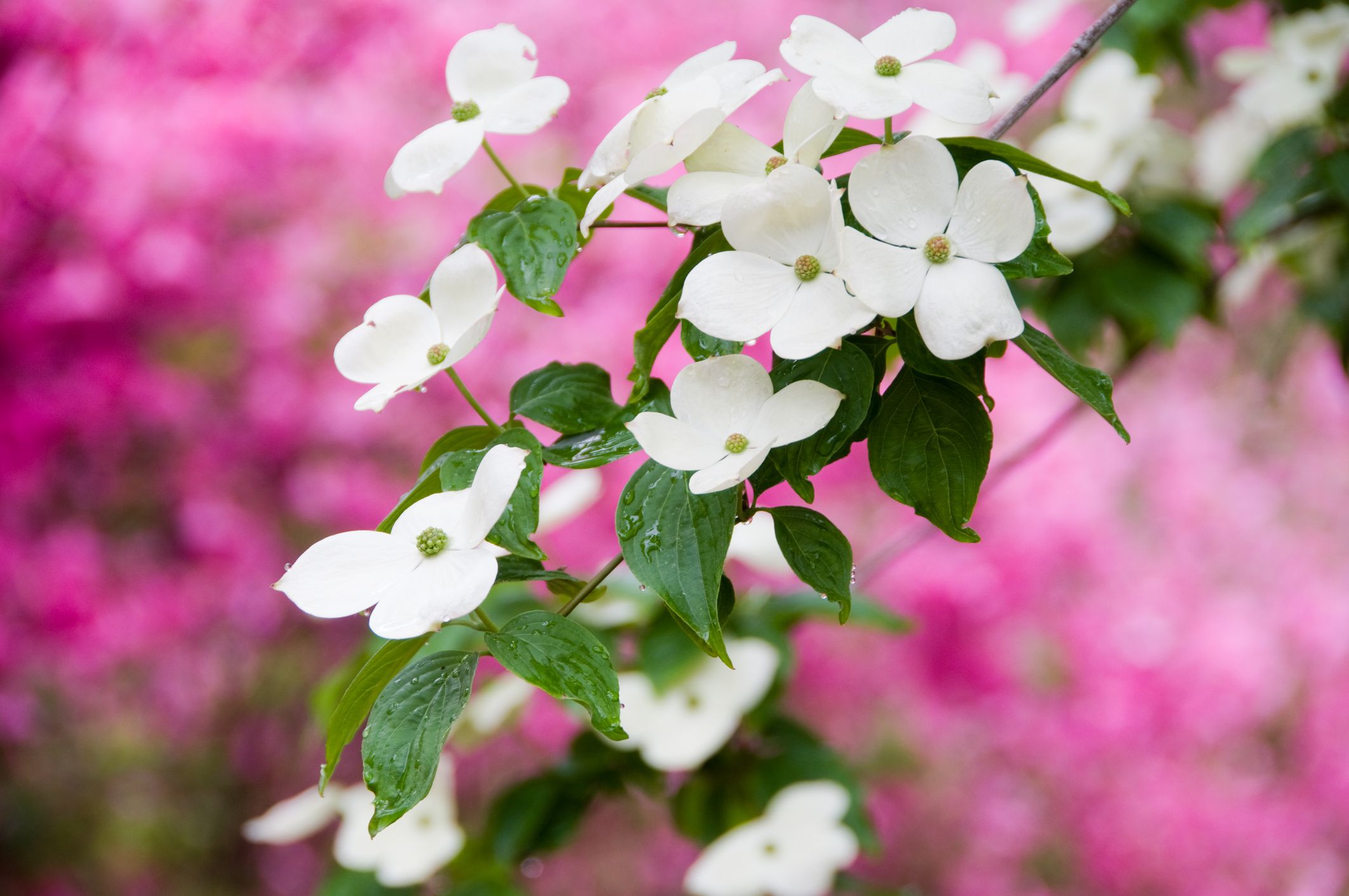
Since the 1750s, people have been using dogwood trees to predict the winter weather. According to folklore, if the dogwood trees develop lots of thick blooms, then winter will be snowier.
Sign up for our newsletter
Red Skies
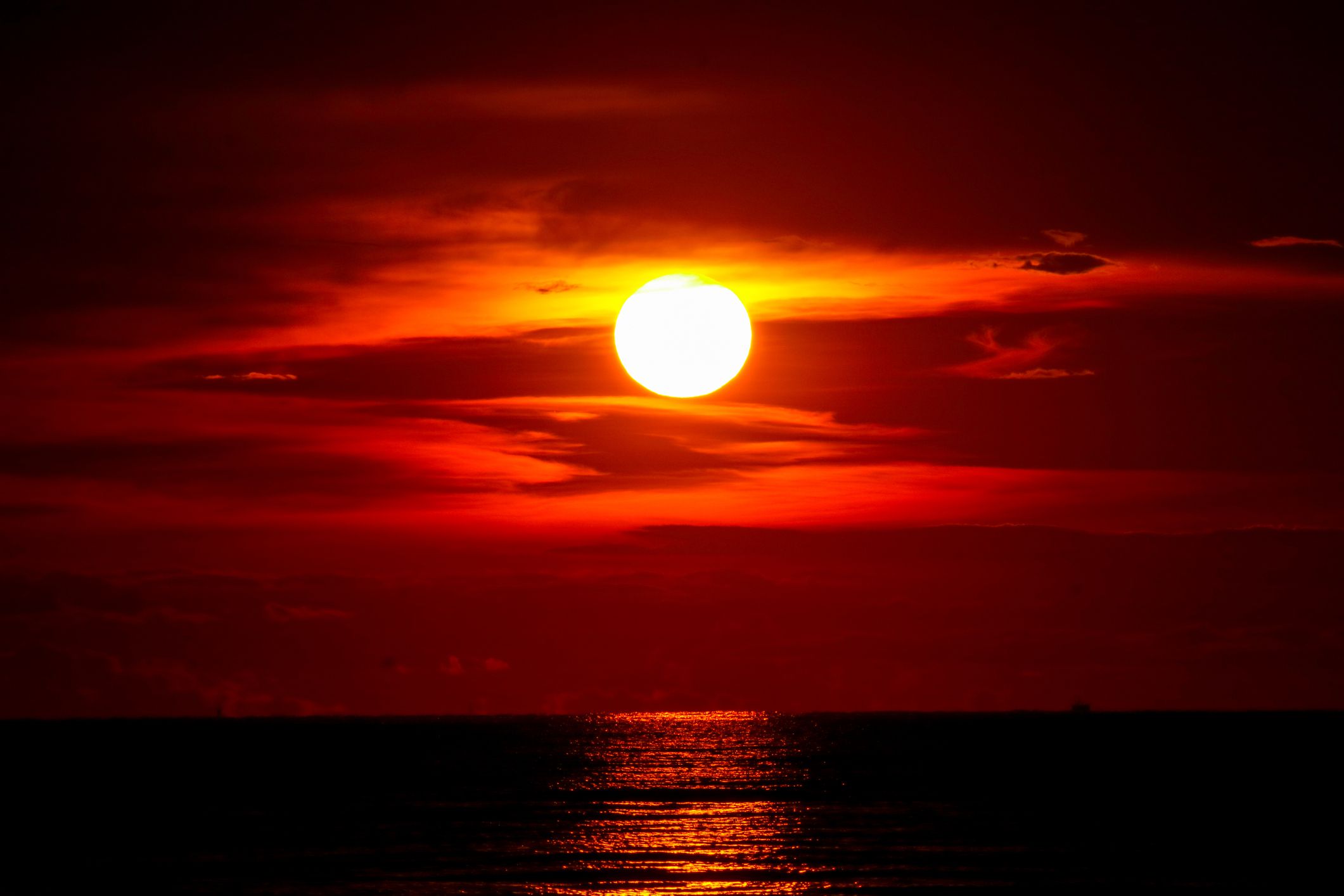
“Red sky at night, sailor’s delight. Red sky in morning, sailors take warning” is probably one of the best-known weather sayings. Dusty, dry air indicating good weather tends to make the sunset redder. In the U.S., weather usually moves from the west to the east, so seeing a red sunset in the west indicates that good weather is moving in. If you see a red sunrise, though, it means that the dusty, dry, good weather has already passed us, and bad weather is on the way.
Pine Cones Predict the Winter
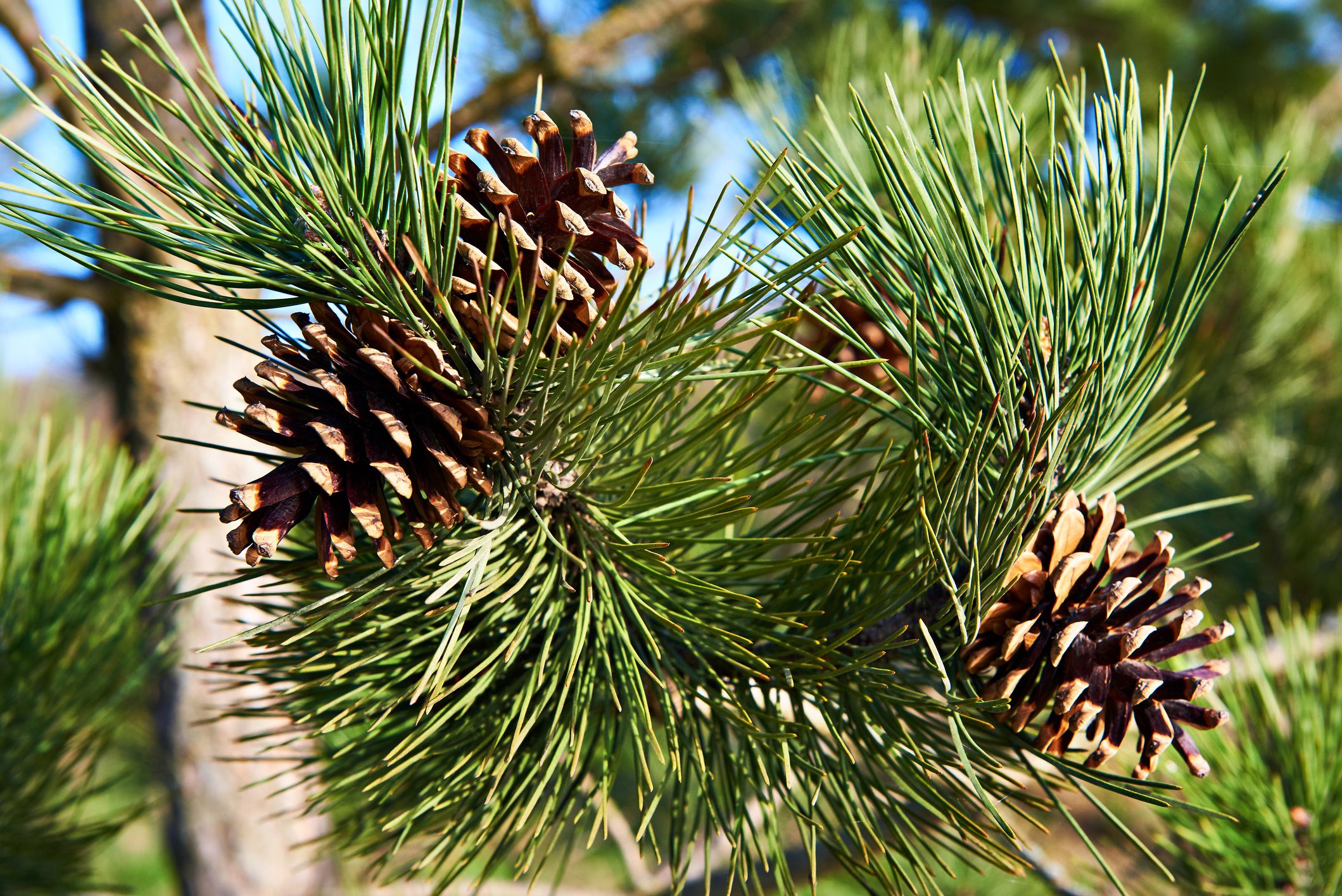
Folklore also suggests that pinecones can deliver key information about the upcoming winter. If pine cones are high up in the trees, this indicates a harsher winter than if the pine cones are lower in the trees. There’s also a myth that larger pine cones indicate a harsh winter is coming, while smaller pine cones indicate that the winter should be milder.
Related: 12 Easy Fall Decorating Ideas Inspired by NatureSquirrels Predict Weather in Three Ways
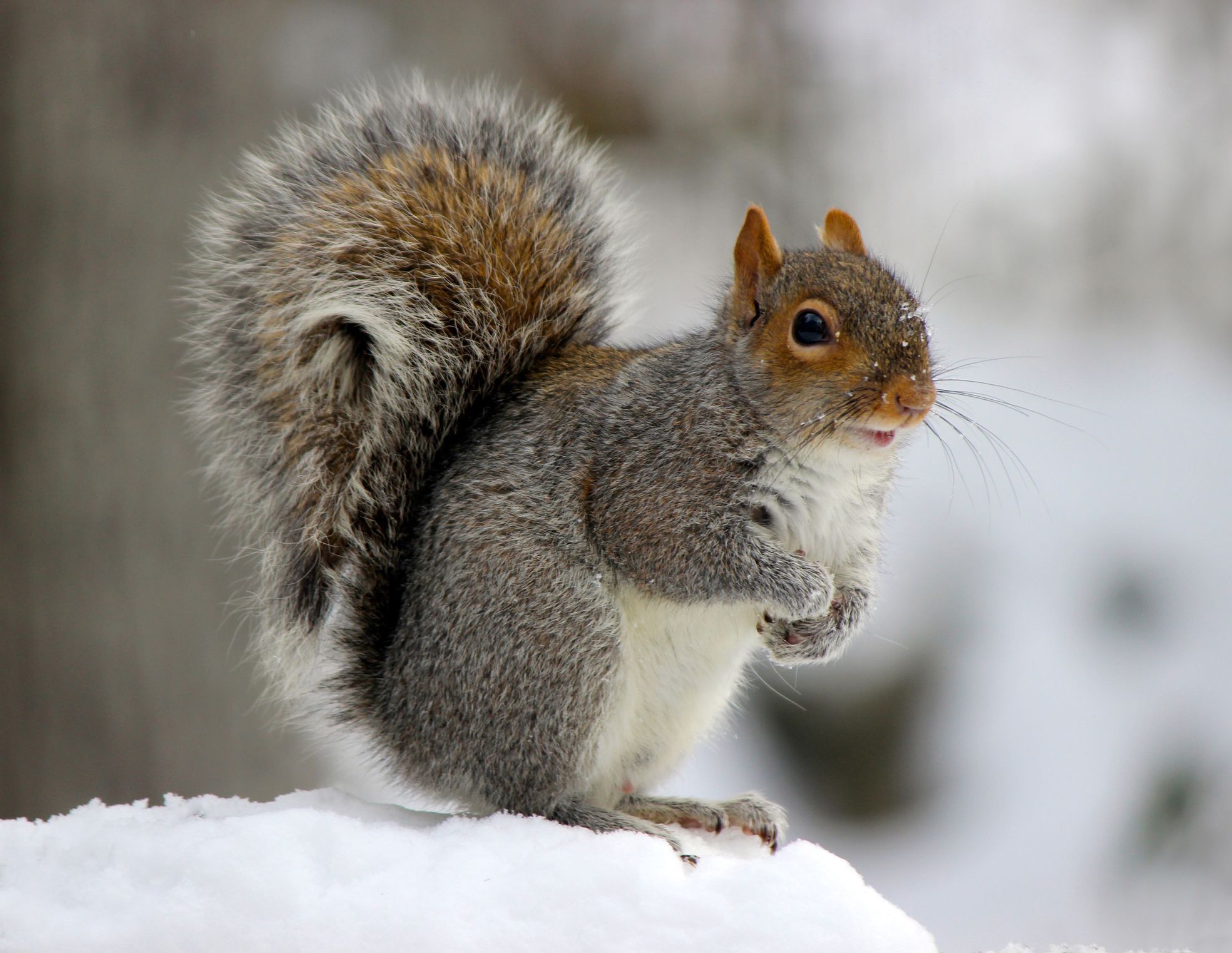
According to folklore, squirrels may help us to predict the weather in several ways. The first sign to watch for is whether squirrels develop bushier tails. Thick, bushy tails may indicate that a cold winter is coming.
Squirrel Nests Indicate Snowfall
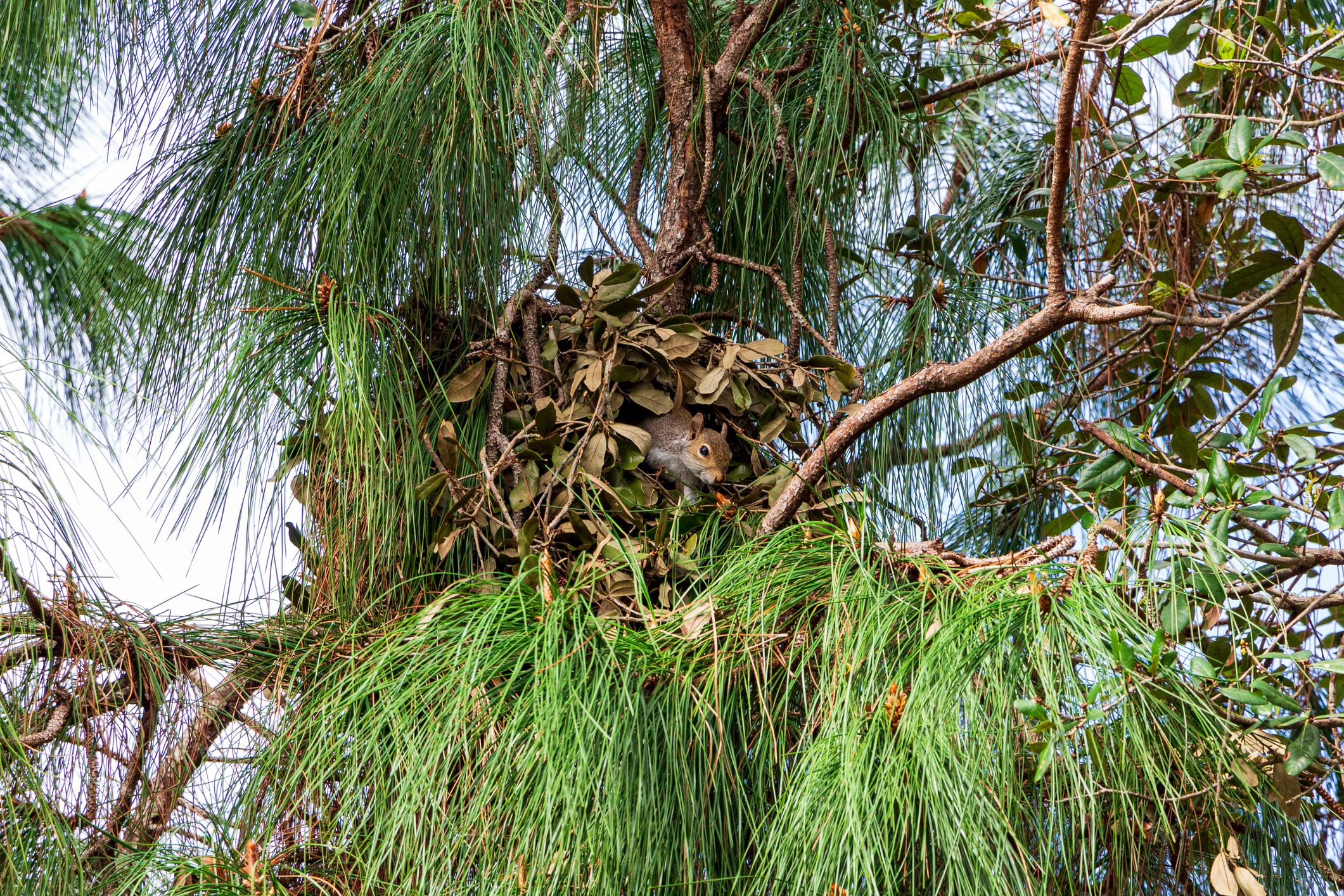
The second bit of folklore about squirrels refers to where they build their nests. If squirrels build their nests high up in a tree, they’re preparing for lots of snow. Whether squirrels nest close to the trunk or out in the branches also matters. Squirrels who nest out in the branches aren’t worried about too much snow weighing down the branches. Squirrels who nest close to the trunk are avoiding the coming snow which will weigh down the branches.
Squirrels Storing Food Indicates a Harsh Winter

The third piece of folklore about squirrels refers to how much food they store. If squirrels bury lots of food to prepare for winter, they think that a harsh winter is coming.
